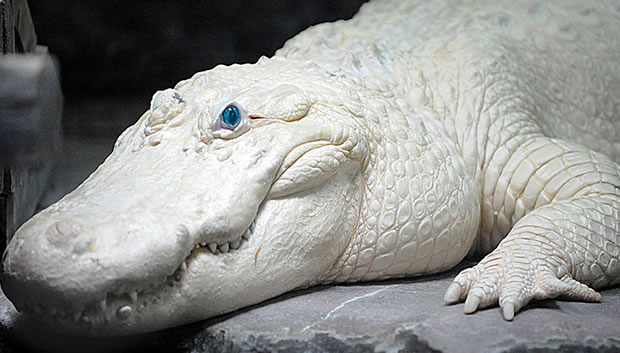
Creature Profile
The donkey fish is a species from the class Actinopterygii and family Ephiniphelidae. Its head is steep with a mouth that is heavily-lipped while its body is deep and flattened with large fins that are rounded. The front of both the anal and dorsal fin have projections called spines whereby the front of the dorsal fin has 11 spines and that of the anal fin has three. Its body is grayish-brown in color and has speckles of white and loosely arranged spots that are colored black and form rings. The donkey fish measures up to 35 inches in length and up to 25 lbs in weight. It is a secretive and solitary animal.
The donkey fish is a predator. Its main source of diet is fish, but it also feeds on small invertebrates like crustaceans. It prefers to live in coral reefs on deep ledges. It is also found in deep cracks within rocks and in caves. This species reproduces through copulation and spawning which is laying many eggs in water. This may occur up to two times each year and up to 7,000,000 eggs are laid each time. No data exists on the estimated number of eggs that mature after spawning. The eggs then hatch into larvae within the ocean. This species exhibits "protogynous hermaphroditism" which means an individual first matures as a female and then changes into a male. Juveniles are usually black in color with white spots scattered all over the body.
The donkey fish is referred to as a Western Atlantic species. It occurs in two distinct populations, one spanning from North Carolina to Venezuela and the other from North of Brazil to Rio de Janeiro which includes the island off the shores. The main challenge to this species is overfishing of both the juveniles and adults for use in commercial and recreational purposes. Conservation actions include a listing in the IUCN endangered species list as "near threatened" and occurrence of this species in some protected areas. Due to its secretive nature and difficulty in determining population a count, no data exists on estimated numbers globally. More research needs to be done to help conserve this species.
Wikipedia Article

|
Wikipedia Article Copyright Notice: This article is licensed under the GNU Free Documentation License. It uses material from the Wikipedia article "Marbled grouper". |
April 1, 2017
Glenn, C. R. 2006. "Earth's Endangered Creatures - Donkey Fish Facts" (Online). Accessed 4/19/2024 at http://earthsendangered.com/profile.asp?sp=10305&ID=5.
Need more Donkey Fish facts?




